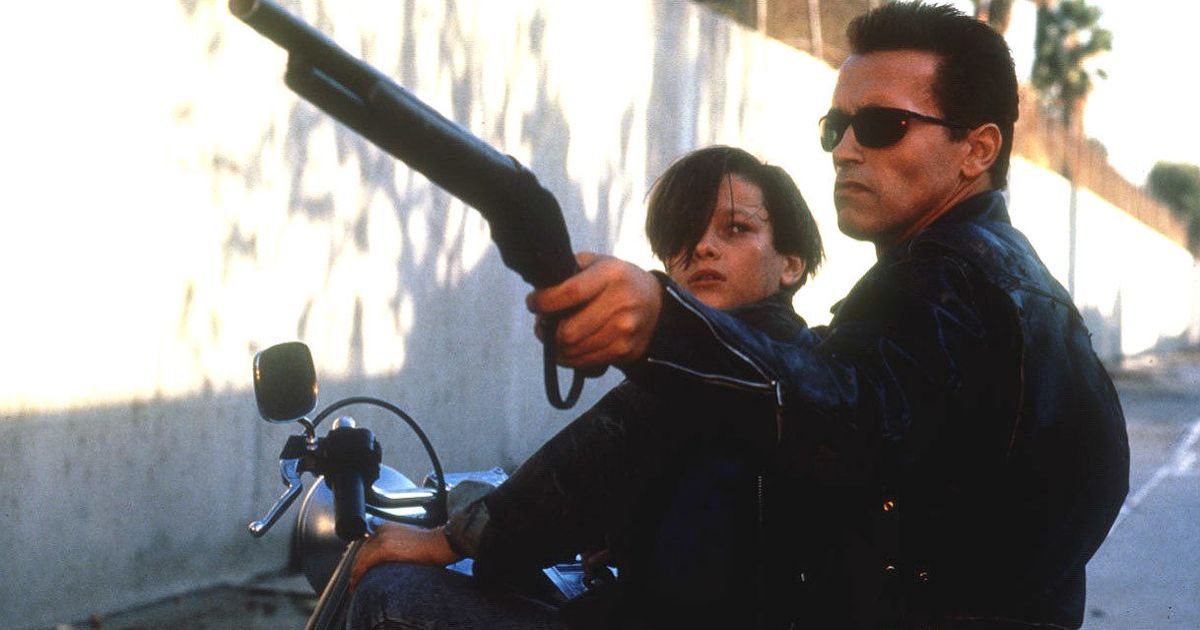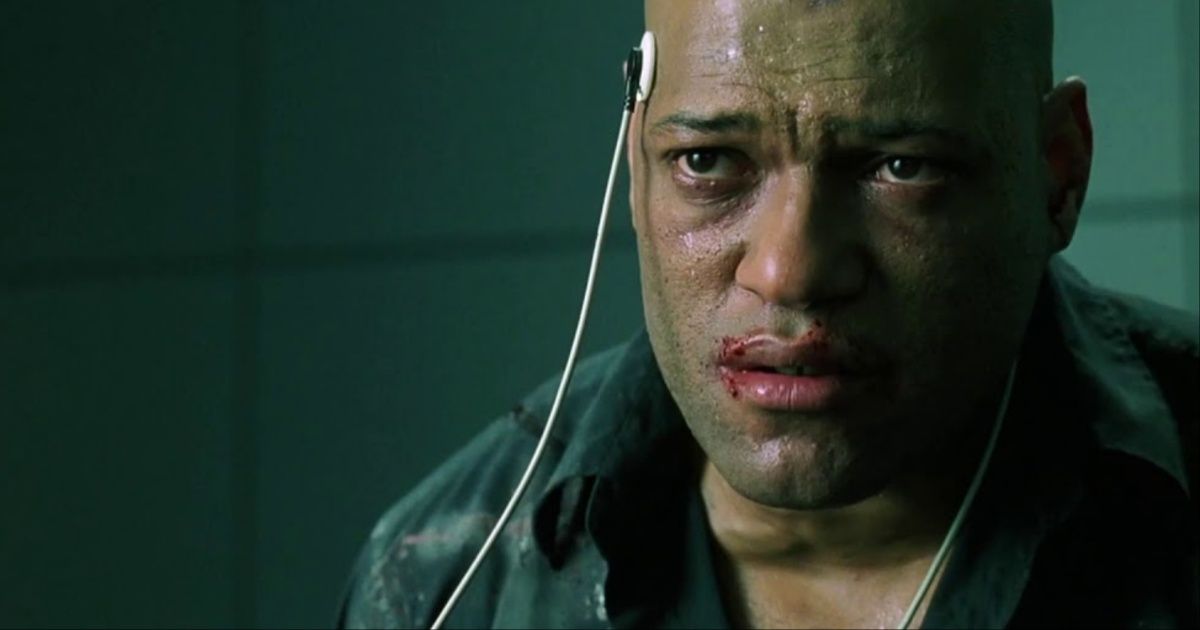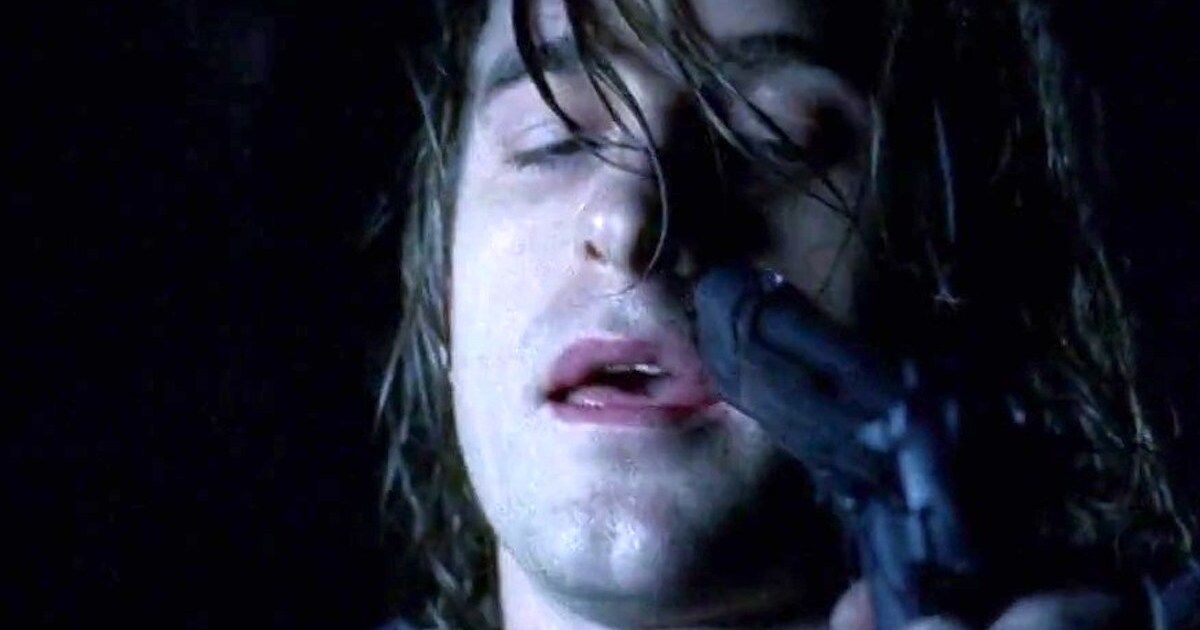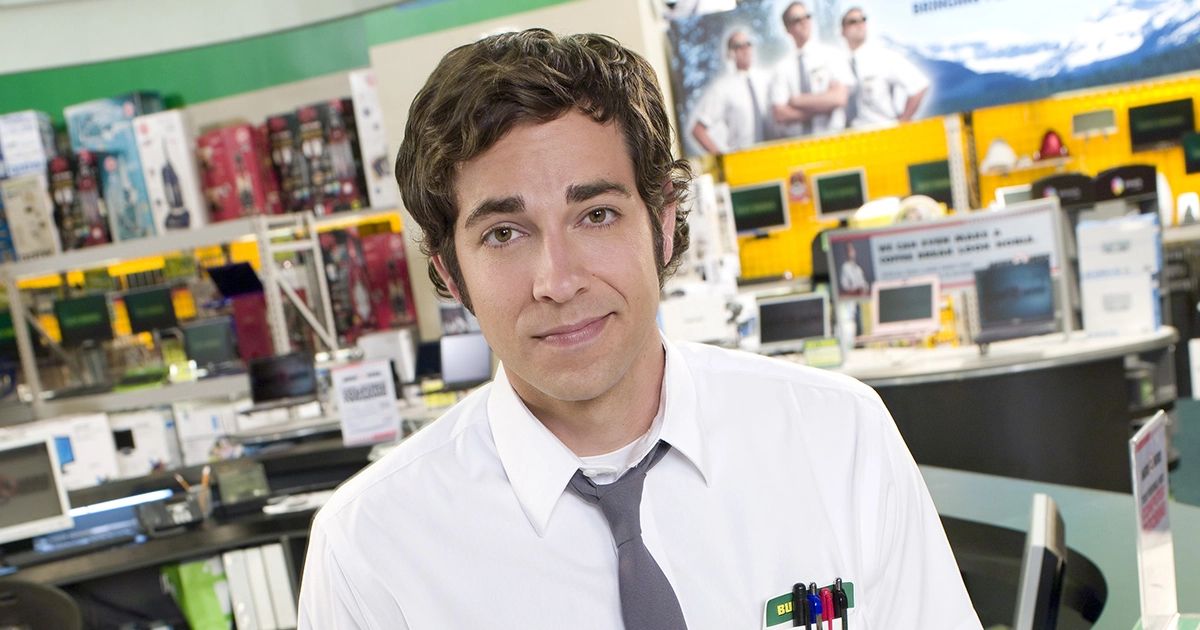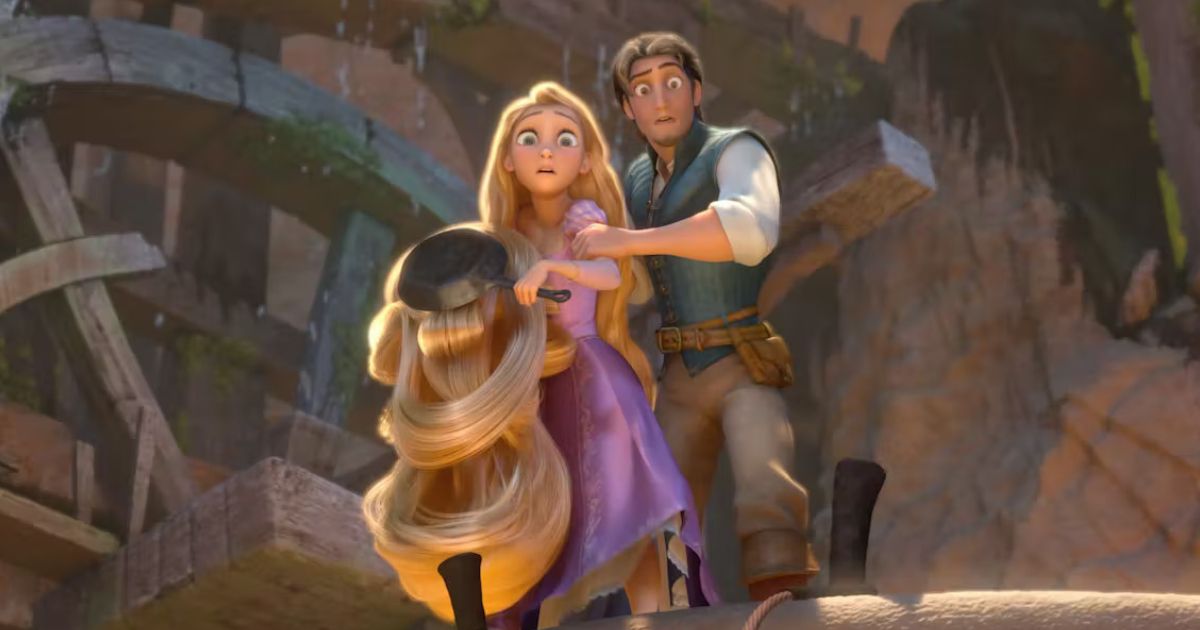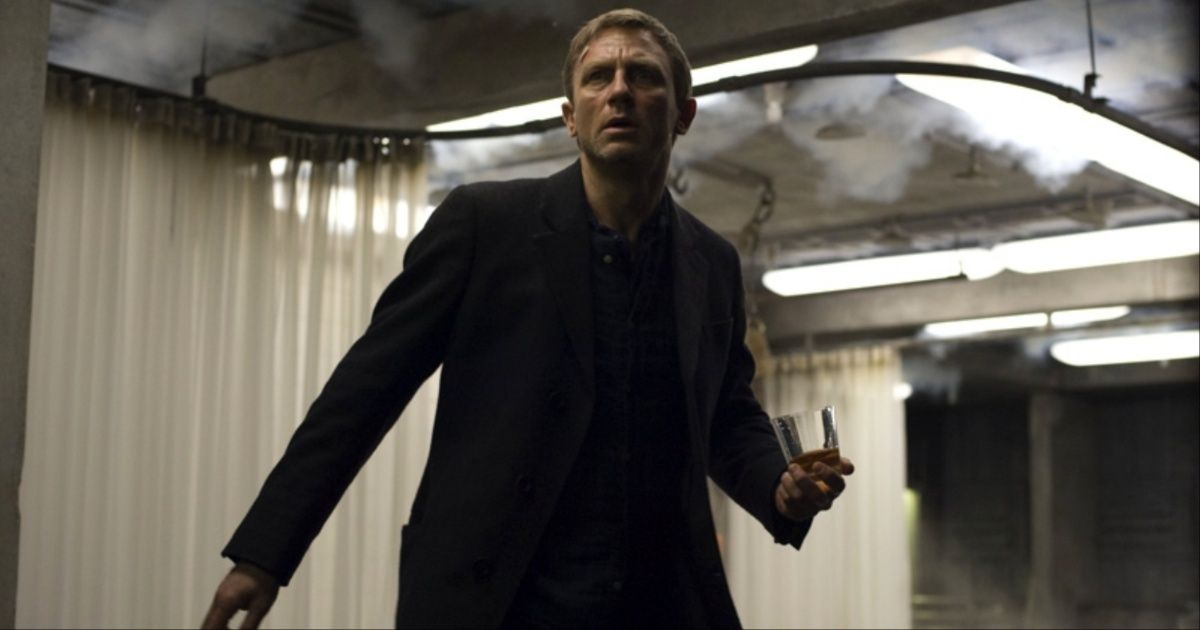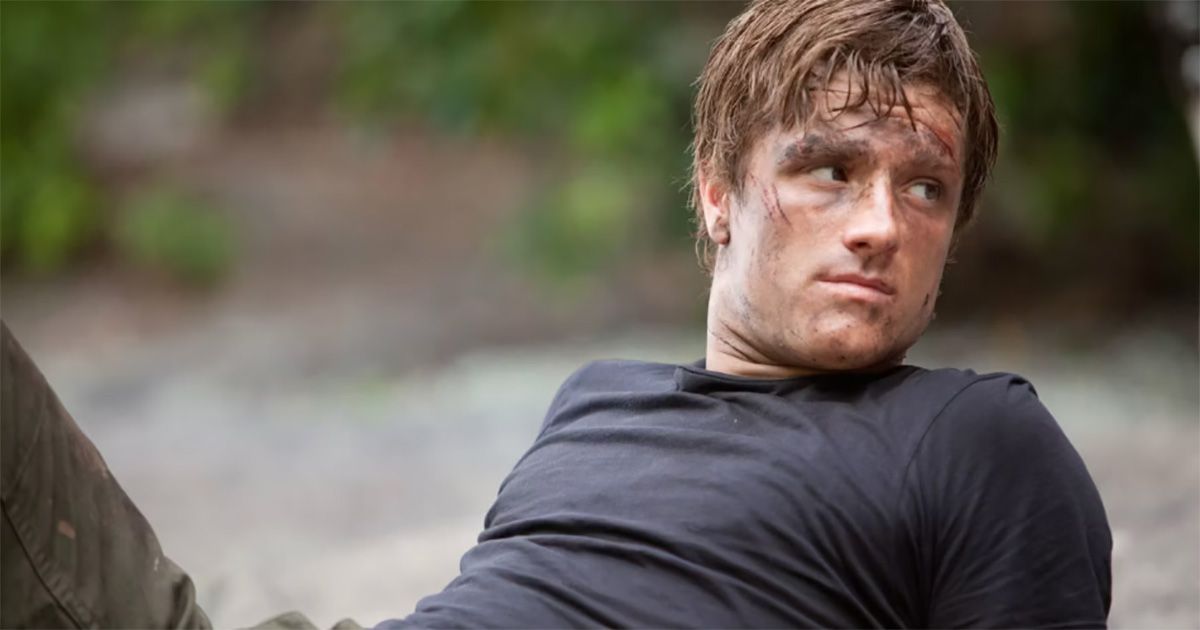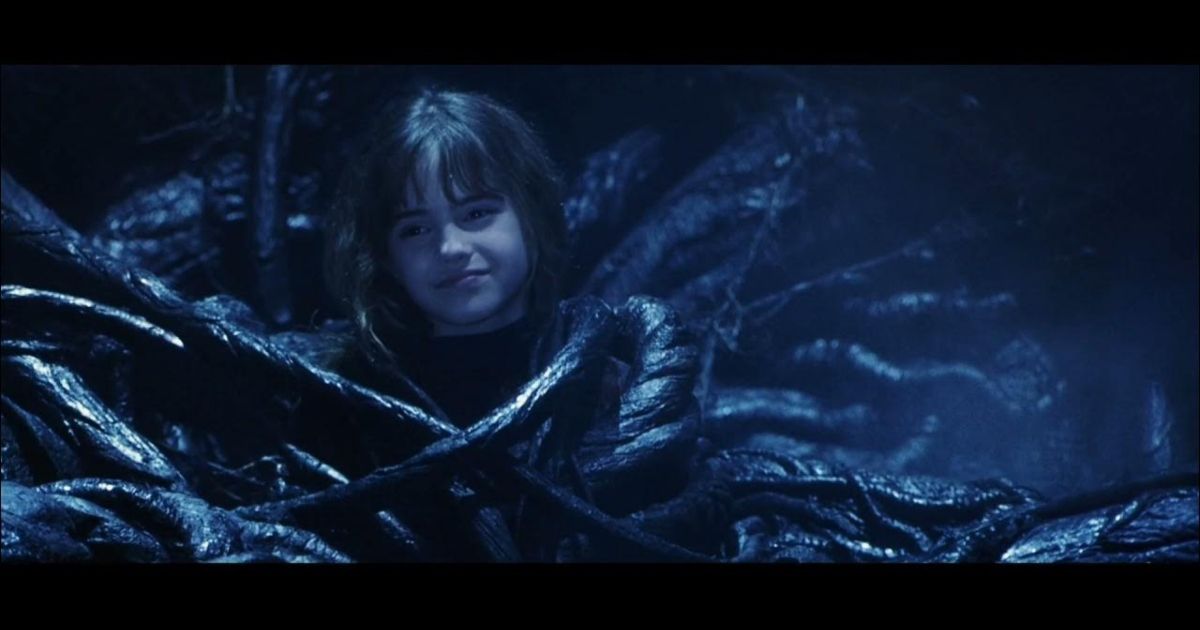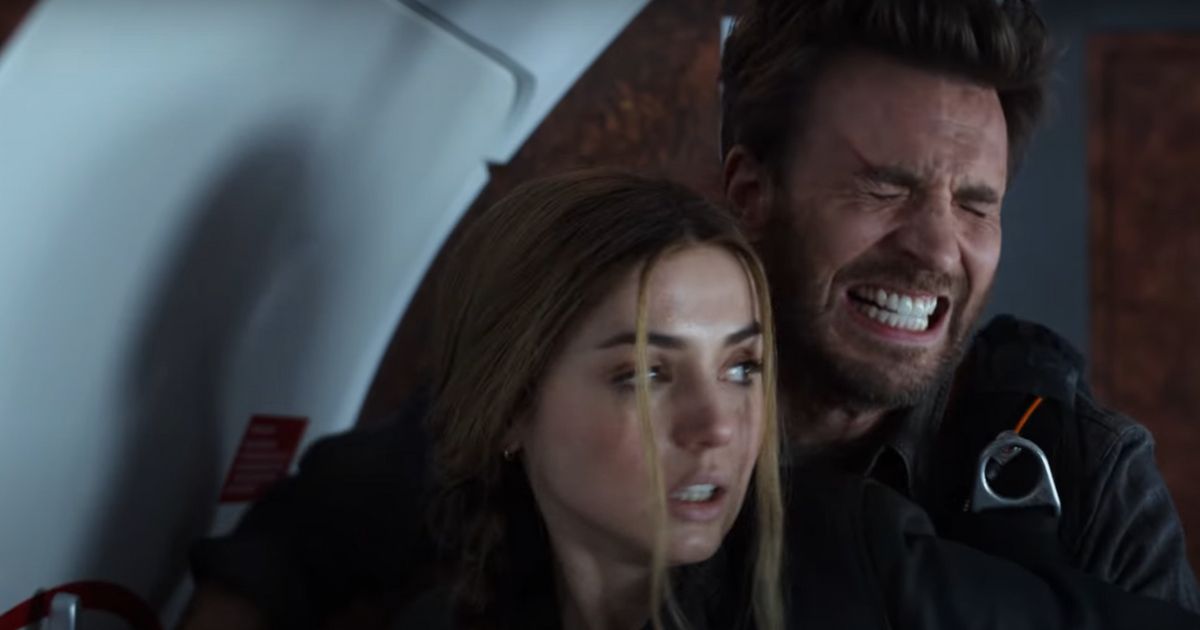Hollywood doesn’t have the best track record when it comes to inclusivity, and given the (sad) attitudes held by many acting legends such as Richard Dreyfuss, it’s no wonder. But things are changing. Casts are becoming more diverse and, equally important, there’s starting to be some variety behind the lens. Female directors like Patty Jenkins have shown the world that non-male superhero pics such as Wonder Woman can literally make a billion dollars. So, the argument that there’s not a big enough audience to keep producing female-targeting films has gone out the window.
This translates to every aspect of the film, including the writing. For decades, it’s been Errol Flynn, Sean Connery, Steve McQueen, Sylvester Stallone, Keanu Reeves, Tom Cruise, Bruce Willis, or Clint Eastwood swooping in to save the day and, just as often, save a helpless woman. It’s all been in the writing because it was men writing the scripts top to bottom. A lack of diversity in any industry is unethical, but in terms of cinema, it’s also extremely damaging to the vast potential of narratives individuals could be exposed to.
Movies can unite people from different walks of life, educate us on another’s culture, and show the viewer something they never thought possible to witness. Back in the 1950s, a male viewer might have added “Female character saving male character” to that list, but thank goodness it hasn’t always been that way. The future looks bright for reversals of typical fortune in narrative, and these movies could be considered trendsetters for altering the established (boring) dynamic.
10 Han Solo in Return of the Jedi (1983)
As the closing chapter of the original Star Wars trilogy, Return of the Jedi had some massive shoes to fill and plot threads to tie a bow on. More often than not it succeeds, and this includes its opening act, set in Jabba the Hutt’s disgusting palace.
Disguised as a bounty hunter, Leia enters the palace with Chewbacca, with the pretense being that the Wookie is up for sale. He isn’t, and it’s really a rescue mission, but unfortunately for Leia, she’s caught freeing Han Solo from his carbonite prison. It’s a great opening, but a bit jarring considering the lighter second act is filled with Ewoks.
9 John Connor in Terminator 2: Judgment Day (1991)
Yes, the T-800 is as much a part of T2: Judgment Day as it was The Terminator, and it does pretty consistently make a point of saving young John Connor’s life. But, fighting just as hard is the now grizzled and rough Sarah Connor.
The elder Connor does in fact save the younger one in T2, but it’s revealed in the underrated Terminator: Dark Fate that, years later, she fails this mission. The culprit? Another T-800. But it’s how Connor deals with this failure that’s more interesting than the failure itself. She’s noticeably beaten down, engaging in more bad habits than good, and always on the prowl for a mechanic monstrosity. But, she can put this aside not just for Mackenzie Davis’ mechanical-organic-hybrid Grace, but also the very T-800 that murdered her son. It just has to be the right mission, and Connor views protecting young Dani (the future of the resistance) as the right mission, even if it costs her life.
8 Neo and Morpheus in The Matrix (1999)
The primary hero of The Matrix and the remaining chapters of the quadrilogy is absolutely Keanu Reeves’ Neo, but he wasn’t always on top of the situation. In fact, even if just looking at the first film, Trinity outright saves Neo’s life at least once.
Specifically, during the backwards bending bullet time sequence. Were it not for Trinity sneaking up on the Agent, raising her weapon, and pulling the trigger, Neo would be a dead man, and so too the future of humanity.
7 Michael Corvin in Underworld (2003)
Of all the Underworld films, the first is probably the best. It was the film to let Kate Beckinsale drop the Shakespeare and Jane Austen adaptations in favor of leading lady action hero. And how does she show her heroism in the original film (and the second, Underworld: Evolution)? By perpetually saving Scott Speedman’s vampire-fish-out-of-water character Michael.
Underworldshould get a lot of credit for being a female-led action horror in the early aughts. Like Kill Bill, it was a gutsy financial proposition, yet Beckinsale’s Selene has returned three times down the line. Audiences will line up for female action heroes, even if they are in relatively niche franchises.
6 Chuck in Chuck (2007-2012)
Before he was yelling Shazam! Zachary Levi was cowering behind a cubicle as Chuck. The actor is hopeful for a film adaptation and given the financial failure of the second Shazam! film, the chances are ever so slightly increased.
The show follows Levi’s computer whiz Chuck Bartowski, who one day receives a mysterious email from a former college pal. But it’s no ordinary email, as Bartowski’s brain is now laced with the CIA’s most closely-guarded secrets. Naturally, many bad people the world over want this information, and were it not for CIA Officer Sarah Walker (Yvonne Strahovski), Chuck never would have gotten to his second episode.
5 Flynn Rider in Tangled (2010)
Poor Zachary Levi just can’t catch a break. In between his time as Chuck and Shazam! (the most helpless mainline superhero in the DCU) he was Flynn Rider in Tangled, and really the only thing that separates his type from the other two is CGI animation.
The film is a modern take on Rapunzel, which notoriously had the titular character rescued from her imposed seclusion at the top of a tower. Tangled shows this as well, but once Rider (really Eugene Fitzherbert) ascends thanks to her long locks, he’s fatally stabbed. Rapunzel then tries to bargain with the antagonistic Mother Gothel to be allowed to save his life, but Eugene stops this from happening as it would just lead to more abusive isolation for her. But, all’s well that ends well considering Rapunzel has magical teardrops. Were it not for her, Rider/Fitzherbert’s stabbing would have stayed fatal.
4 Mikael Blomkvist in The Girl with the Dragon Tattoo (2011)
David Fincher’s take on The Girl with the Dragon Tattoo may not have led to a franchise the way its Swedish originator (either the book or film) did, but it’s still a grim and highly re-watchable epic. It also puts James Bond’s Daniel Craig in the most precarious position he’s been in since LeChiffre “scratched his b***s” in Casino Royale.
However, while LeChiffre was certainly a criminal, Dragon Tattoo‘s Martin Vanger is a straight-up monster. A lifelong serial killer not averse to targeting his own family members, Vanger presents himself as a kindly and concerned individual, but just below the surface is a plotting beast fully content to chain up a man and torture him to death for coming too close. But, Vanger doesn’t count on the massive level of tenacity present within one Lisbeth Salander, nor her desire to save one of the few men in her life who hasn’t treated her like she’s nothing.
3 Peeta Mellark in The Hunter Games (2012)
The Ballad of Songbirds and Snakes has renewed interest in the world of The Hunger Games, but it’s not as if interest in Panem had died off all that much. Sure, the two Mockingjay films could have received a better fiscal and critical reaction, but they were only somewhat poor receptions in comparison to 2012’s The Hunger Games and its sequel, Catching Fire.
One thing that does unify these movies is Peeta Mellark’s constant requiring someone to save him. More often than not this is Katniss Everdeen, not just because she feels indebted, considering he once threw her a chunk of bread to keep from starving, but more so because she knows that he’s a decent human put in a violent situation in which she’s far more capable. Katniss saves Peeta because we all have our strengths, and she knows hers.
2 Harry Potter and Ron Weasley in Harry Potter and the Sorcerer’s Stone (2001)
Over the course of eight Harry Potter movies, Hermione Granger has saved the titular character and Ron Weasley quite a few times. To be fair, the duo isn’t opposed to saving her or one another, but that’s just what makes them such a good trio.
In the first film, Harry Potter and the Sorcerer’s Stone, Hermoine saves Harry and a panicked Ron from the Devil’s Snare. Interestingly enough, this was an alteration to the source material, which featured Ron and Hermoine’s places reversed.
1 Cole Turner in Ghosted (2023)
If audiences thought Chris Evans’ villainous turn in The Gray Man was a hard left from Captain America, they’ll feel much the same about his Cole Turner in Ghosted. But, Turner’s no villain, he’s just an average Joe who thought a date went well, doesn’t hear from the woman, pursues her across the globe, and constantly has to rely on her to keep his life (an almost grating number of times, much to Ghosted‘s detriment).
By the third act, Turner’s found some gumption, but it’s still Ana de Armas’ superspy Sadie Rhodes that does the saving and the shooting. Whenever Turner is left to his own devices, it’s a disaster.
This story originally appeared on Movieweb


